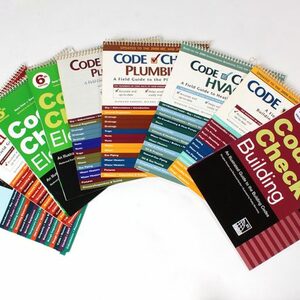
Image Credit: Gale Home Builders
In Missouri, as in almost every state, there are factions in the residential building industry who say stricter energy code requirements will add so much to the price of new homes that sales, and the broader economic recovery, will continue to stall.
Green code advocates offer commonly used counterarguments – some framed by ecological imperatives, some pegged to the marketability of green construction upgrades – but also some unconventional approaches to green code practices that could become attractive to parties on both sides of the debate.
An article published recently by the St. Louis Post-Dispatch lays out some of the issues Missouri faces as one of 14 states that have no statewide energy code for residential construction, and one of 13 states with no energy code for new commercial buildings.
Advocates on a mission
The story highlights the ambitions of green code proponents such as the Sierra Club and the Building Codes Assistance Project, a Washington-based organization that helps states and municipalities develop and implement building energy code, and often provides advocacy assistance on behalf of the Department of Energy.
The article also cites building industry concerns about energy performance mandates. Pat Sullivan, executive vice president of the Home Builders Association of St. Louis and Eastern Missouri, told the paper that the association would support a statewide energy code as long as it still allowed builders to offer homes at prices customers can manage. He says, however, that mandated compliance with the 2009 edition of the International Energy Conservation Code would add thousands of dollars to the price of a new home.
“To the extent the consumer is willing to pay for that, it can be a good thing,” Sullivan said. “But consumer choice is something that we shouldn’t lose sight of, because ultimately consumers can only afford so much.”
Another issue mentioned in the story is the tendency for energy-code enforcement to take a backseat to safety code enforcement or be ignored altogether where builder backlash is a concern.
The forces at work that could help make energy efficiency more of a priority for Missouri’s construction industry include advocacy efforts by the Building Codes Assistance Project and proposed congressional legislation in Washington, H.R. 2454, that, in its current form, would raise efficiency standards substantially over the 2006 version of the IECC. The bill is headed for a floor debate next week.
Offsetting a cost
And then there are local voluntary-compliance measures proposed by builders such as Kevin Enyeart, general manager of Gale Home Builders, based in the Kansas City suburb of Lee’s Summit, Missouri. Enyeart suggests that local building departments offer builders credit against permit fees, with the amount of credit tied to whichever NAHB Green standard the builder meets on each new home.
A 50% reduction in permit fees, for example, would be granted for a Bronze certification under NAHB’s National Green Building Standard rating system. The next rating level up, Silver, would merit a 75% reduction, and a Gold rating (or the next level, Emerald) would earn a 100% reduction.
The relevant credit – and certainly just as important, a certificate of occupancy for the completed home – wouldn’t be awarded, however, until the home is certified by an NAHB rater. Should the home fail to meet at least the Bronze NABH certification standard, the builder would have to pay the permit fees in full to obtain the certificate of occupancy.
Permit-fee reductions can be applied to the listing price of the house, of course, and the green certification can indeed be a selling point. But Enyeart points out that while prospective buyers may certainly view certification and energy efficiency as positives, one of the top selling points, in his experience, has been the improved air quality that airtight construction and a good HVAC system can provide.
At this point, Enyeart says, his proposal has the support of many Lee’s Summit officials, and he is pitching the idea to their counterparts across the Kansas border in nearby Olathe, in Johnson County, where, he notes, most of the housing-permit pulling in the Kansas City area occurs.
Weekly Newsletter
Get building science and energy efficiency advice, plus special offers, in your inbox.















0 Comments
Log in or create an account to post a comment.
Sign up Log in